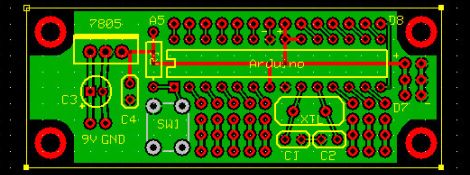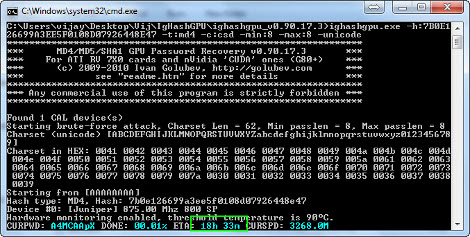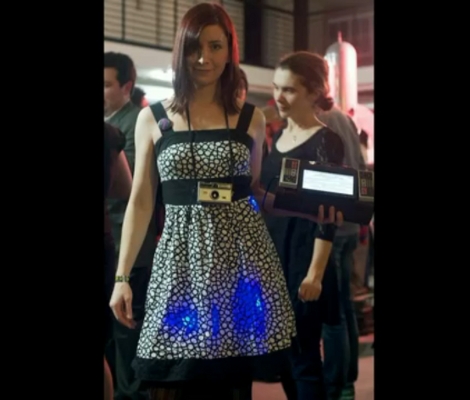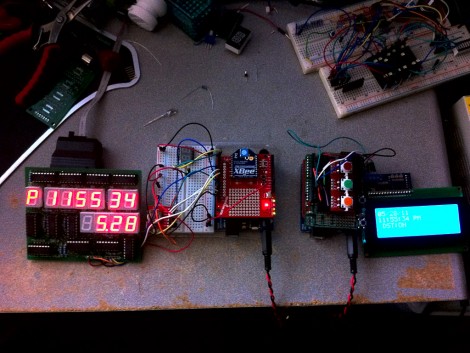We have been getting tons of emails lately recommending we take a look at various Kickstarter projects. We used to ignore them since they all boil down to a request for project funding, but since there are so many cool projects out there, we figured we might as well share a couple. Some of these projects have already met their funding goals, but we thought they were worth a mention anyhow.
Solar Powered Coffee Roasting

We’re all about both coffee and alternative energy, so this one caught our eye right away. While this coffee roaster won’t exactly fit on your back porch, it would be perfect for a coffee shop located in a sunny locale. Based off “power tower” solar concentrator systems, this rooftop-mounted solar harvester has big potential. Pair this with sopme sustainably-grown coffee, and you’ve got quite the tasty combo.
HexBright – an open source flashlight

What do you get when you combine milled aluminum hex bar and a Cree XM-L LED? A lightweight, extremely bright flashlight that won’t roll away on you. The HexBright puts out 500 lumens and sports a built-in rechargeable battery that can be topped off via your computer’s USB port. Not only that, the high-end version can be programmed to support any pattern or brightness that you choose. We’ll take two, thanks.
Arduino Project Board

[Randy Sarafan] of Clap-off bra fame is working on a slimmed-down Arduino board for use in the final stages of project development. He really doesn’t see the need to put an entire Arduino development board into his finished projects and often makes a quick perfboard circuit for his builds once he is finished prototyping. He’s grown tired of the process and developed a small circuit board that has all the connectivity he needs, without all the extra bits found on Arduino development boards.
















